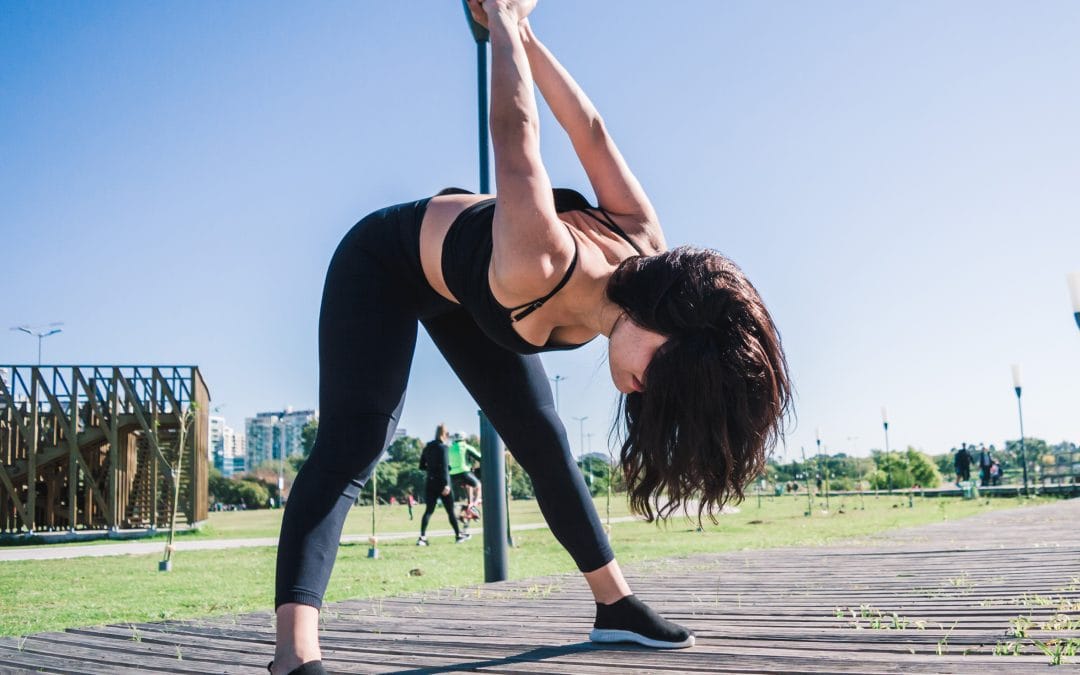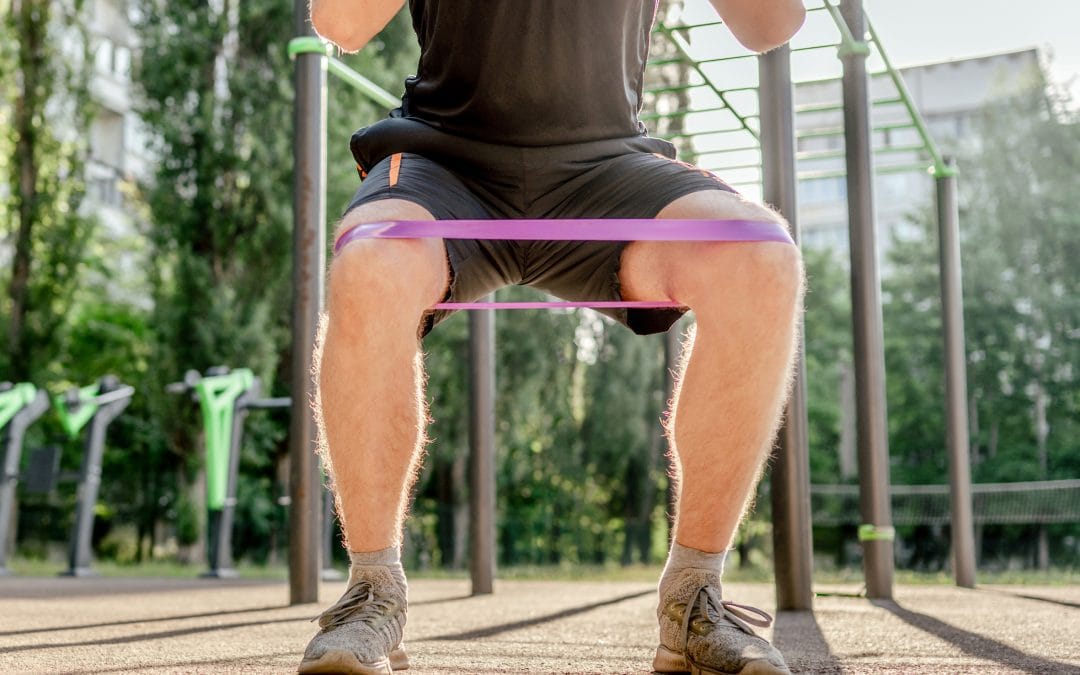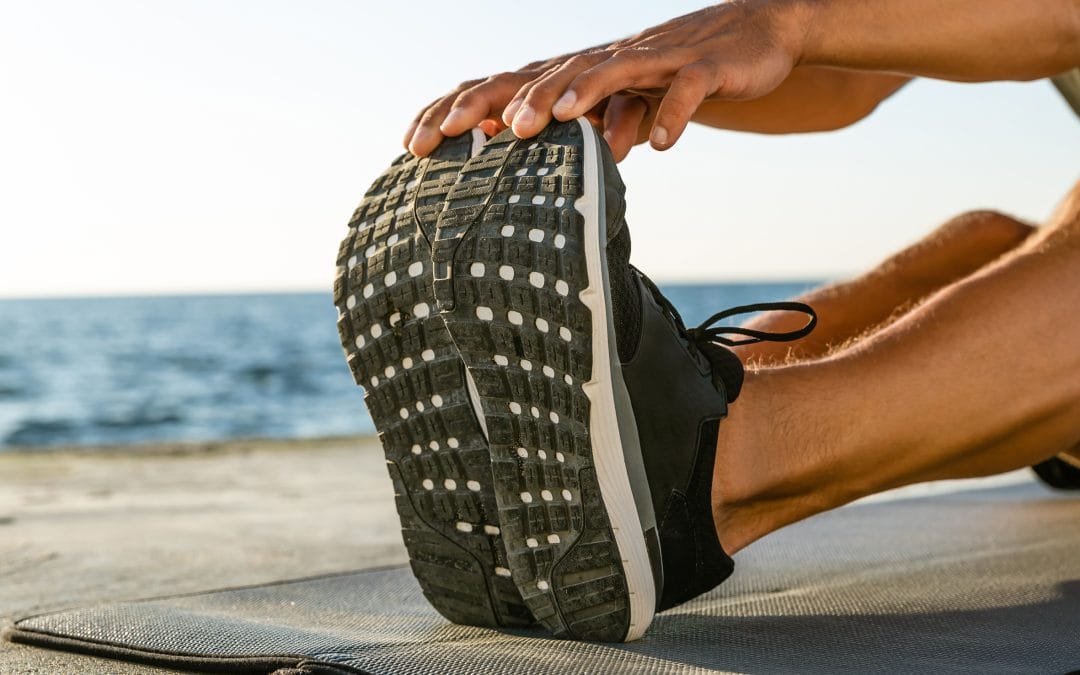Retrocalcaneal bursitis
WHAT IS RETROCALCANEAL BURSITIS?
The retrocalcaneal bursa is a fluid filled sac, located between the achilles tendon and the heel bone, that provides cushioning to reduce friction and irritation between the muscles, tendons, and bones. Retrocalcaneal bursitis occurs when the retrocalcaneal bursa becomes inflamed due to overuse, strenuous activities, arthritis, or gout.
Symptoms include:
- Pain, inflammation and swelling in the back of the heel.
- Pain in the calf muscles when running and walking
- Stiffness in the ankle
- Wearing shoes can become uncomfortable
People aged over 65 and those who play high activity sports and, as a result have tight muscles, are more at risk of being diagnosed with retrocalcaneal bursitis.
![]()
HOW DO WE DIAGNOSE RETROCALCANEAL BURSITIS?
Clinicians will usually ask a series of questions, followed by an examination of the big toe. If necessary, they will recommend appropriate imaging, such as an ultrasound scan, X-Ray, or MRI scan.
HOW DO WE TREAT RETROCALCANEAL BURSITIS?
Conservative treatment is recommended for mild cases:
- Ice packs
- Arch supports
- Biomechanical assessment
- Heel raises for your shoes can help
- Physiotherapy, which includes stretching and strengthening the muscles and improving the range of movement.
- Avoiding aggravating factors, such as strenuous exercise.
- Over the counter medication, like paracetamol and ibuprofen. (It is important to speak to your GP or a Healthcare Professional before any medication is taken.)
- Ultrasound Guided Steroid Injections are still used to manage acute pain and to reduce swelling and inflammation. However steroid injections have been shown to cause detrimental damage to tendons in the long term. Repeated steroid injections should be avoided.




WE PROVIDE ADVANCED DIAGNOSTIC ASSESSMENTS AND A WIDE RANGE OF ULTRASOUND GUIDED INJECTION PROCEDURES TO TREAT JOINT PAIN AND SPORTS INJURIES.










